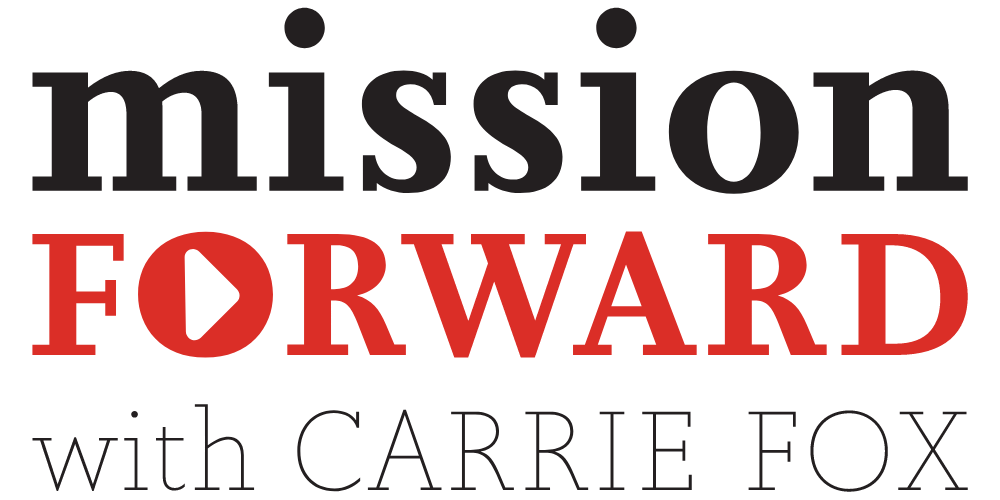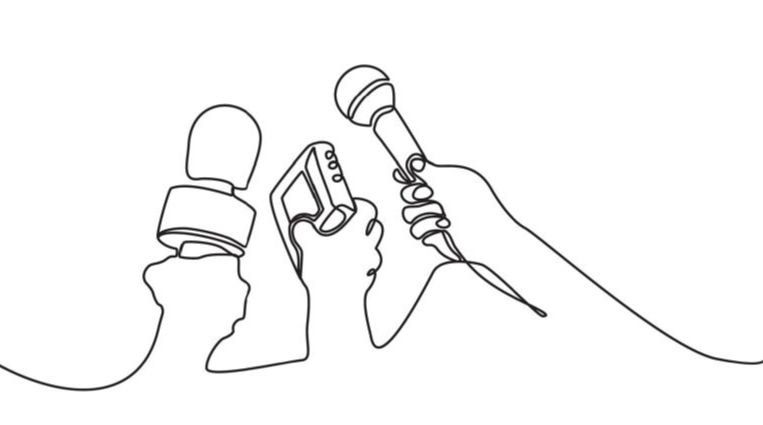The Spotlight’s on You.
This article is part of Finding the Words, a newsletter that delivers practical insights on the day’s issues.
Last week, I conducted a media training session for a large group of physician leaders on the front lines of public healthcare crises across the U.S. Given their roles as trusted community leaders, these physicians are often called on by the media to deliver real-time guidance on public health news, and very often as that news is still breaking.
This was a group of respected and trusted experts in their field, who are regularly called on because they are the experts. Yet, when I asked how many felt comfortable speaking with the media, only one hand raised.
Their trepidation was no surprise. I have conducted hundreds of media trainings, and this one question often yields the same response from established executives to youth leaders. To most people, the thought of speaking to the media is terrifying. The pressure doubles when people face an interview in the midst of a serious emergency. This underlying concern often stems from nervousness about saying the wrong thing or a suspicion that well-meaning statements will be taken out of context, misconstrued, or misinterpreted to make the interviewee look bad.
But here’s what’s often lost and essential to remember. Being under the spotlight is a challenge, yes, and it can also present a great opportunity: to inform the public, to rewrite a narrative, or to create positive action in your community.
Whether you’re being questioned by the media or your own team, you can turn that feeling of stress into greater confidence by remembering a framework that you likely learned in elementary school: The 5 Ws and one H:
Who? Start first by grounding yourself in your audience. Look beyond the camera and remember who you’re really talking to. (Remember, the media is not your audience, they’re a through point to your audience.)
What? Know what you need to say, and say it as early as possible so as not to bury your lead. Repeat your key point at least once during the interview, and keep your responses brief to encourage more questions.
Why? Tell your audience why this message matters, and make it relevant to what else is happening in the world today. Put your message in context.
When? Choose your moments wisely. Not every opportunity will be worth taking. Consider your own needs too, and decline an interview if you’re not in the right mind space for it.
Where? Whenever possible, conduct the interview in a setting that is most comfortable to you, as it will be more conducive to your ability to deliver your message effectively.
And, How? To make your message heard, practice delivering your messages in simple language, short soundbites, and stories to support your facts. If you’re well-practiced, even those real-time interviews won’t catch you off guard.
Bottom line: Effectively communicating, on camera or off, doesn’t mean you need to act like a robot or give the same answer repeatedly. Instead, use public communications opportunities and interviews as opportunities to deliver your core messages consistently, with your head and heart, knowing that the more you focus on what needs to be said and who needs to hear it, the more your audience will remember.
This post is part of the Finding The Words column, a series published every Wednesday that delivers a dose of communication insights direct to your inbox. If you like what you read, we hope you’ll subscribe to ensure you receive this each week.







I know the feeling of wanting more from a colleague—and the feeling of personally underdelivering. Even when I’ve given something my all, sometimes the results are less than I hoped. Those moments can be defeating, and they can knock us off course. If they happen too often, they’re a certain recipe for job transition. So, I’ve come to navigate these requests differently in recent years.